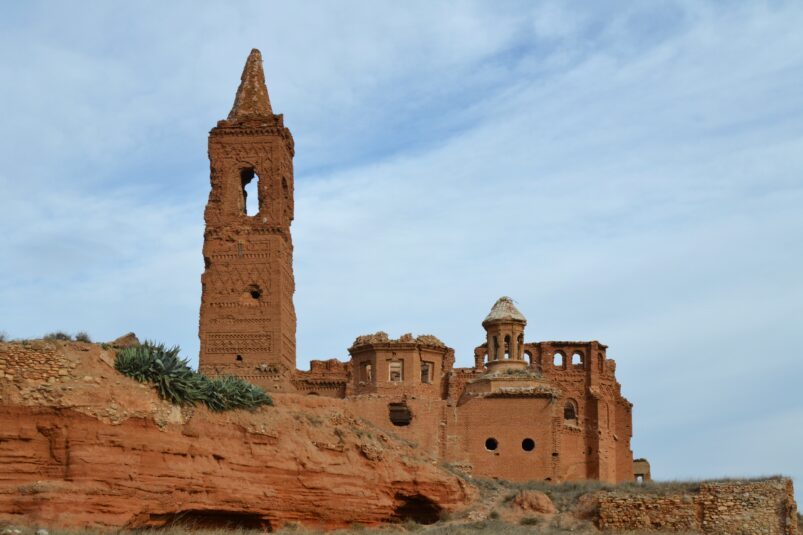Spain has a population problem and its cultural heritage is suffering because of it. In the last population study conducted in 2018, Spain had 1.319 depopulated villages, mostly found in the areas of: Castilla y Leon, Extremadura, North of Andalucia and the southeast of Castilla la Mancha. Because of this, the Spanish cultural heritage in those areas is in danger. Spain has a rich history, which can be traced from the colonization of the Phoenicians. Consequently, vestiges of Visigothic to late modern period cultural can be found all over the Iberian Peninsula, even in those places where we can see a decreasing number in population.
Author: Julia Heras.
As the number of unpopulated areas increases, the only population that stay in those territories are mainly elderly people working land and crops, or people who return after retiring from their jobs elsewhere. This is because in the 1960s and 1970s, much of the younger population moved to more economically stable areas of Spain. Because of this, those areas have not been able to secure funds for the maintenance of the historical points in these communities, therefore leading to abandonment and eventual ruin.
Getting the people of a designated area, regardless of age, interested in their heritage through educational films, short courses and even hands-on workshops is important so they become the force behind their own heritage conservation and management. Most of these communities are not aware of the importance of these buildings, and the economic importance of it such as not knowing how to bring tourism to those sites or even being aware of the historical and cultural importance of it. If organizations and institutions show the population the importance of maintaining these heritage locations and the long term benefits for these villages, they would not hesitate to learn and collaborate with them.
If we don’t work on involving these communities, we risk losing all these sites with the passing of time. We need the communities involved in the conservation and management of the cultural heritage scattered all throughout Spain. Sometimes European institutions and the Spanish government allot funding of some heritage projects in remote areas, but if the people in these areas do not support the different initiatives, interest tends to fade in the long run. By promoting these obscure sites and combining them with the local cuisine or natural sights, small villages could attract visitors and boost the local economy. Because of this, I urge the cultural heritage community to work with these small communities and show them the importance of investing in their local heritage. This way we can save some of the cultural heritage in these remote areas of the Spanish geography and maybe even bring people back to these locations.
About the author

This opinion article was sent to us by Julia Heras. Julia is a History student at Universidad Rey Juan Carlos (Fuenlabrada, Madrid). Her area of focus is cultural heritage management in relation to sustainable tourism. She likes to travel out of the beaten track and hoping to discover historical treasures in the most unexpected places.
- Email: juliaky219@gmail.com
- Instagram: @jheras.m
- Facebook: @julia.heras.94

